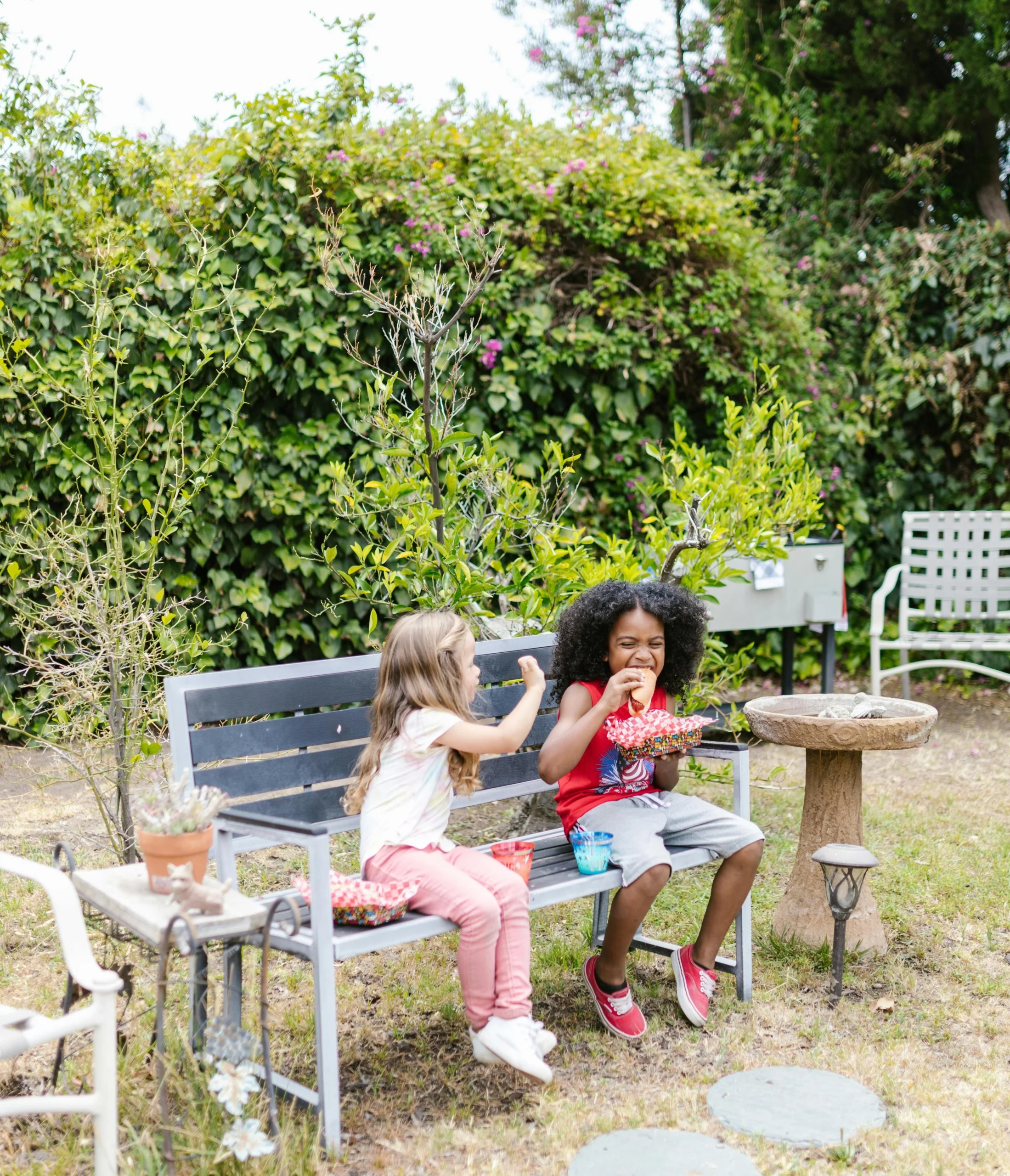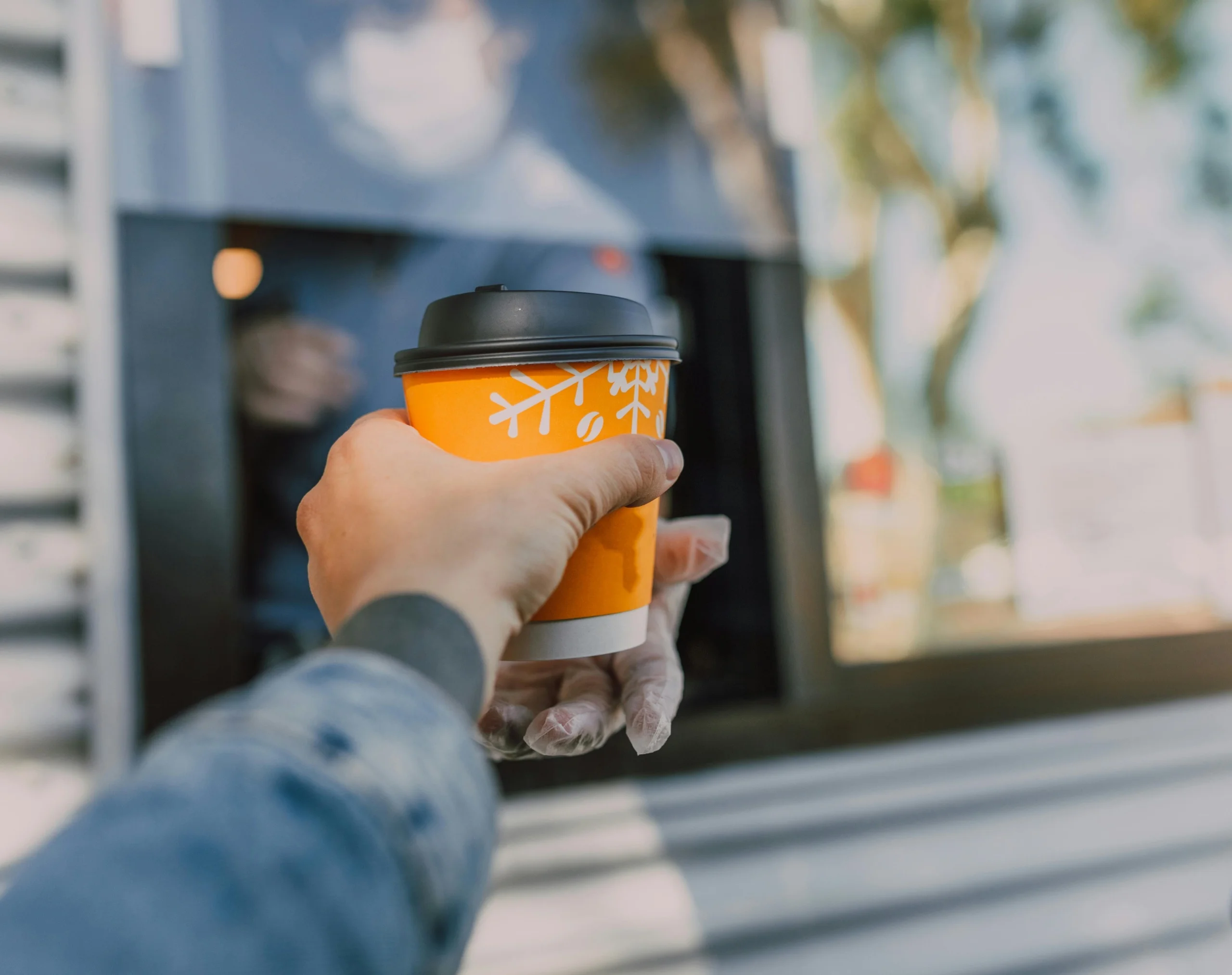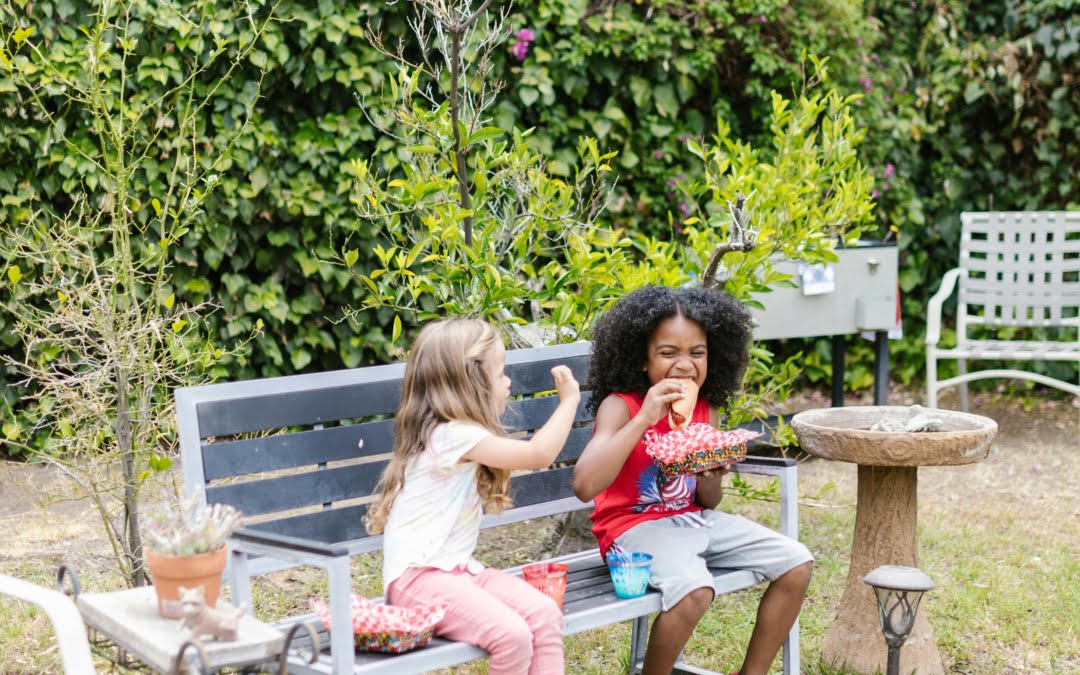The Case for Occasion-Based Segmentation
This past month has been a busy one for my family, which means we’ve been eating meals on the go more often than usual. Between work travel, a family road trip, clients visiting my city, afterschool activities, and just an overscheduled social life, we’ve probably eaten out more than a dozen times this month, many of which were at QSRs. While that is a bit out of the ordinary for us, it isn’t completely unheard of for my busy family of 5. What’s interesting is when I look back at what was driving each of my trips to a QSR this month, they actually differed quite a bit.
First it was a weekday trip to McDonald’s after my daughter’s very first cheerleading performance. Our entire family was together, and we needed something fast as we were running behind schedule due to the performance going late, and we needed something all 3 kids would like. So, we swung by the McD’s drive thru for some cheeseburgers and fries.
Next, was a solo work trip where I was at the airport around lunch time and needed to grab something healthy to eat that was packed for travel to take with me on the plane, plus I needed a boost of caffeine. I opted for an iced coffee and packaged snack box at the airport Starbucks to give me the energy boost I needed.
My last example is when I had lunch with a client between a day full of meetings. We found ourselves with a free hour around lunchtime and needed something tasty, filling, with a vegetarian option, and in an environment where we could sit and talk. We opted for a local QSR that had a fantastic patio and a great selection of protein bowls — it was a perfect fit for our needs.

Even though I’m the same person at each QSR visit over the last month, I was purchasing for different reasons and had very different needs each time:
- Family, something for everyone, quick
- Healthy, on-the-go/portable, caffeine boost
- Relaxed environment/seating, filling, vegetarian options
It’s well known in the market research industry that consumer segmentation is a powerful tool for marketing, product, service and experience development, and brand leadership – it gives you the guidance for who, when, where, and how to reach your target customers. In our previous segmentation blog posts we outlined Catapult Insights’ core elements for a successful segmentation, when you might consider a refresh, and the role qual plays in segmentation. But another important consideration is the type of segmentation you employ because when it comes to segmentation, one size does not fit all.
Traditional person-based segmentation works well for many brands and categories, but it can fall short when you’re dealing with higher frequency categories such as QSR, food and beverage, CPG, and travel. In those higher frequency categories, we often find that the occasion drives the needs and motivations behind each purchase more so than the person. This can make for a messy and non-actionable person-based segmentation solution. In these cases, we like to explore segmenting by occasion or interaction with the category rather than by the person – an occasion-based segmentation solution.
We often have clients in high-frequency categories struggling to implement a person-based segmentation solution and one of their biggest questions is “how can we make our segmentation more actionable?”. To answer this question, let’s explore the differences between and benefits of person-based and occasion-based segmentation.
Person-Based Segmentation
Person-based segmentation is a traditional approach to segmentation that many brands employ. It blends different dimensions of consumers (attitudes, behaviors, demographics, perceptions) to create distinct, identifiable, and statistically differentiated groups or segments of people. This type of segmentation is well-known by marketers and product developers. When done well, it is a very useful tool for creating marketing strategies, communications plans, and new products. It’s often easy to understand because each person gets assigned to one segment and typically stays in that segment. Profiles and personas are created and the brand team can really visualize and understand who the segments are — you get to know them.
The Case for Occasion-Based Segmentation
However, needs, motivations, and behaviors vary for each interaction or purchase in higher frequency categories, presenting a challenge for person-based segmentation solutions. In high-frequency categories (like my QSR experiences this month) it can be very difficult, if not impossible, to segment a person with such varying needs into stable person-based segments.
On top of that, it can be extremely challenging to uncover how to meet a customer’s exact needs at the right moment with this type of solution since they are situationally dependent. This is where occasion-based segmentation comes in. This approach is also designed to create distinct, identifiable, and statistically differentiated segments, but the difference this time is that instead of representing a person, the segments represent the occasion for interaction with your category or brand. And, unlike person-based segmentation where one person is assigned to and stays in one segment, in occasion-based segmentation one person will likely belong to multiple segments, or occasions.
An Example of Occasions
Let’s look at how this might play out in a QSR setting using a few examples from my month of QSR experiences. Right away I see a few different occasions popping up:
- On-the-go group dinner – A quick, easy meal on the go that fulfills the needs of a group. Less concern about healthy options as this is an unplanned occasion so you’re flexible, prioritizing convenience over health.
- Midday fuel with a caffeine boost – A need for food + caffeine, but you’re on the go so packaging must be portable, and healthy is a must. Food and caffeine needs take equal priority in this occasion.
- Relaxing lunch – A midday break to relax in a welcoming environment conducive to conversation, but also provides a tasty selection of food options to fill you up.

Those are just 3 examples of potential QSR occasions that a single person could experience. Just by reading those initial descriptions you can already see the different needs for product development, messaging, and even packaging start to emerge for each occasion segment.
But let’s think about how that would play out in a person-based segmentation solution where a person needs to be assigned to one single segment. Is my segment one that prioritizes healthy food or not? Am I in a rush or looking to relax? Do I prioritize beverages with food or not? The answer to all those questions is ‘both’ which makes for a pretty messy person-based segment with unclear needs and motivations, and can leave marketers, product developers, and brand teams scratching their heads. In this case, occasion-based segmentation can provide a more actionable solution that a brand can develop strategies around.
Benefits of Occasion-Based Segmentation
Since occasion-based segmentations are often done on the category level, not just for a particular brand, it can help highlight your brand’s strengths and weaknesses across occasions and identify white space where occasions exist that no brand out there is really fulfilling. The data collected for an occasion-based segmentation is also incredibly rich. You’re able to learn an incredible amount about what the consumers in your category are doing, what motivates them, what their needs are, and where they are going to try to have those needs met.
If your focus in on alcohol beverages, restaurants, travel, QSR, food and beverage, personal care, CPG, or another higher frequency category, then occasion-based segmentation may be the right fit for you. But occasion-based segmentation isn’t for everyone. If a category is lower frequency, like purchasing a vehicle, or when the need doesn’t vary much from one purchasing occasion to the next, like buying toilet bowl cleaner or dog food, then person-based segmentation is going to give you a much more actionable solution.
One other important thing to consider before taking the plunge into occasion-based segmentation is the transition your organization will have to make if they’ve already adopted and have been trying to make a person-based segmentation work. It’s a mind shift to move from thinking about your segments as individual people to recognizing that people exist across a variety of occasion segments, but it’s a worthwhile effort.
The clients I’ve worked with to shift to an occasion-based segmentation for their high frequency category have leveraged their new occasion segments to develop new successful product lines, create tailored marketing and messaging campaigns, and develop customer acquisition strategies to grow their market share. They also report feeling like they now truly understand their customers, which is the golden ticket many marketers are looking for.
JILL MILLER
CO-FOUNDER
CATAPULT INSIGHTS

